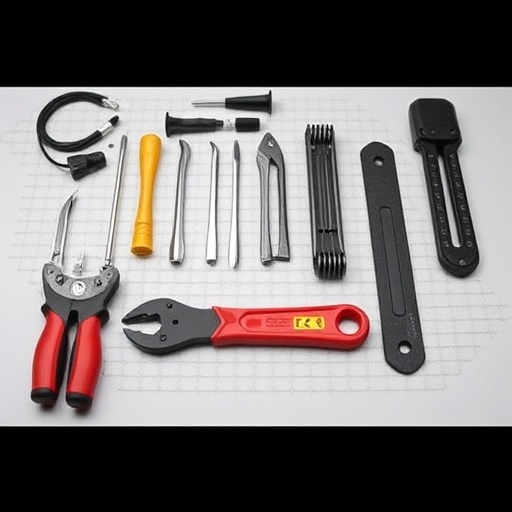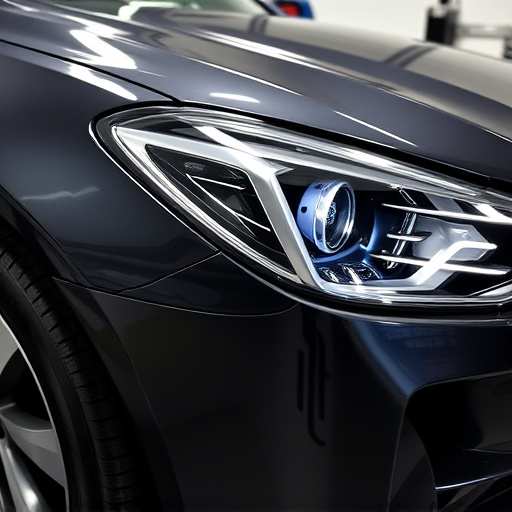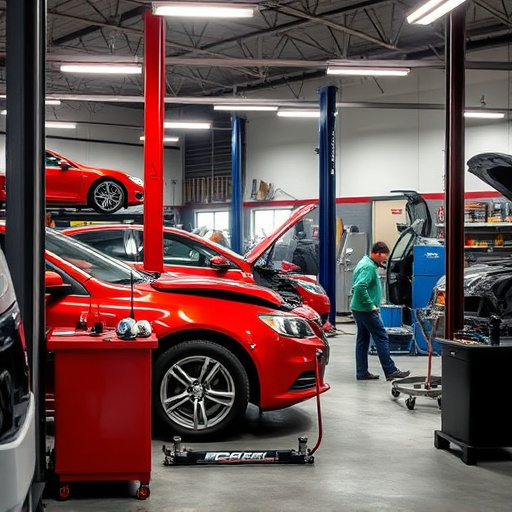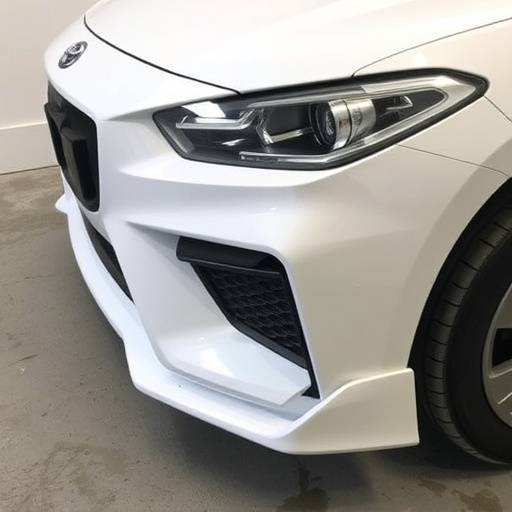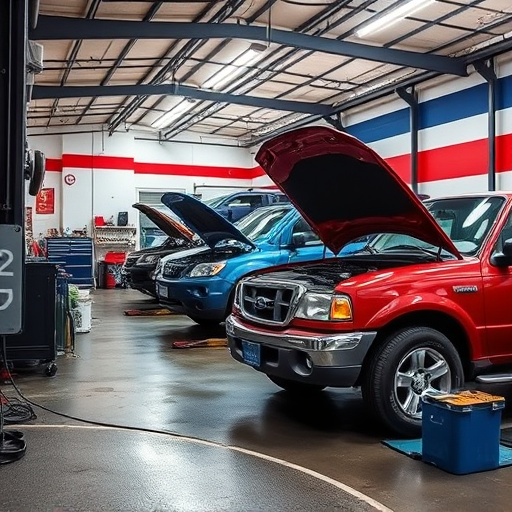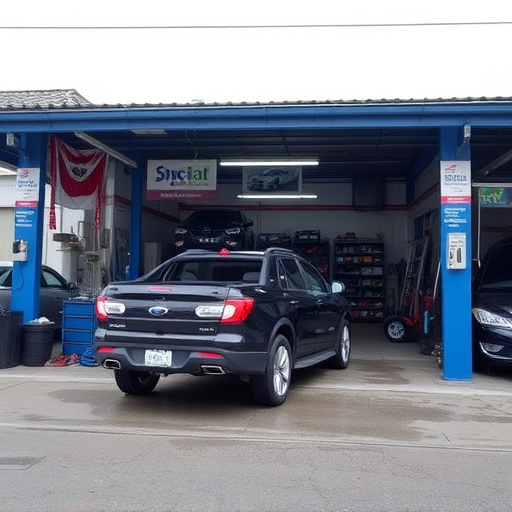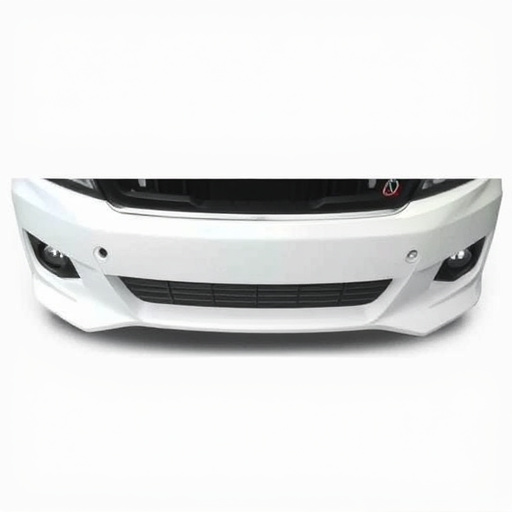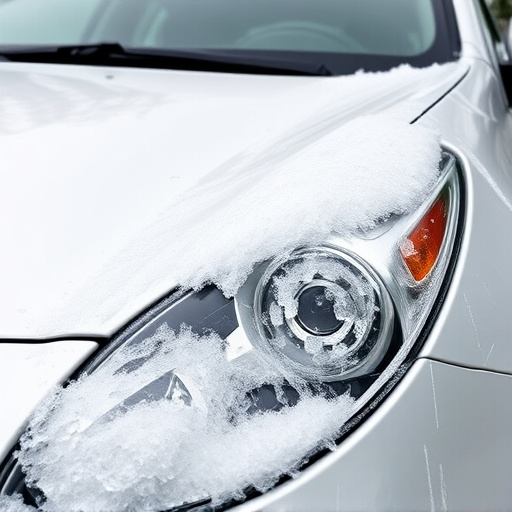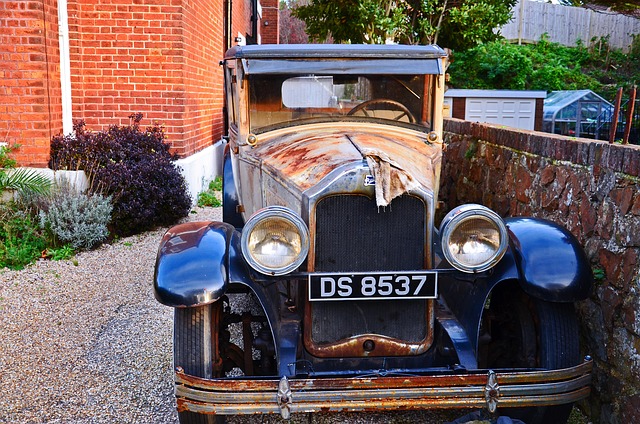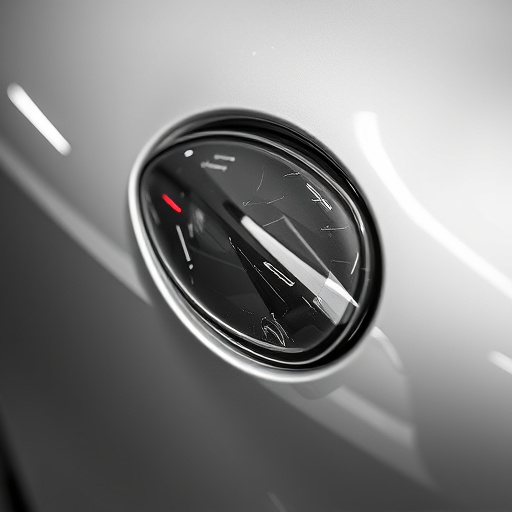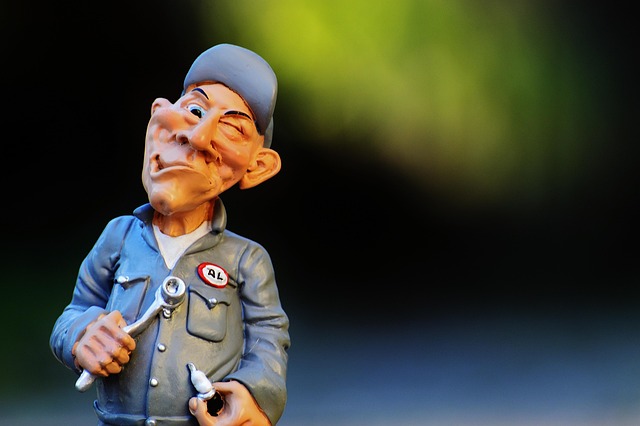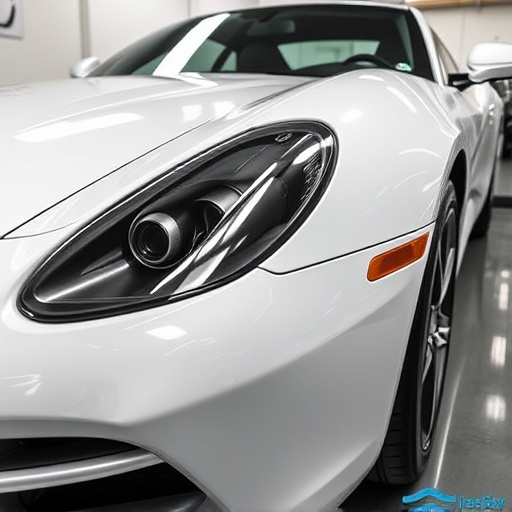Flexible bumper damage from minor impacts or environmental factors requires specialized repair. Common issues include dents, dings, and surface deformities that weaken structural integrity over time. DIY kits may suffice for minor damages but severe cases after collisions need expert intervention. Professional automotive body shops offer advanced techniques like precision welding and expert paint services to ensure both safety and aesthetic appeal. Avoiding unsightly results and compromising driving safety requires verifying the credentials of a car restoration service.
“Discover the secrets to navigating flexible bumper repair without hitting snags. Learn how to identify common types of damage, from minor dents to more severe crumples, that can affect your vehicle’s safety and aesthetics. We’ll explore the pros and cons of DIY repairs versus enlisting professional help. By understanding potential pitfalls and choosing the right approach, you’ll ensure a safe and successful flexible bumper repair.”
- Understanding Flexible Bumper Damage: Common Causes
- Choosing the Right Repair Method: Do-It-Yourself vs. Professional
- Avoiding Pitfalls: Ensuring a Successful and Safe Repair
Understanding Flexible Bumper Damage: Common Causes

Flexible bumper damage can arise from a variety of causes, each requiring a tailored approach for effective flexible bumper repair. Common culprits include minor fender benders, curbs, or other low-speed impacts that leave dents and dings. These incidents often result in shallow indentations or bulges in the bumper’s surface, which can compromise its structural integrity if left unattended.
Additionally, age and environmental factors play a significant role. UV exposure, extreme temperatures, and road salt can weaken the material, leading to cracking, flaking, or premature deterioration. For classic car owners, restoration becomes crucial not only for aesthetic appeal but also for maintaining the vehicle’s safety features, making auto repair near me a vital consideration when addressing flexible bumper damage. Car repair services specializing in flexible bumper repair can offer both practical solutions and expert insights tailored to these specific challenges.
Choosing the Right Repair Method: Do-It-Yourself vs. Professional

When it comes to flexible bumper repair, the decision between a DIY approach and professional automotive body work is a significant one. While do-it-yourself methods can be appealing for cost savings and personal satisfaction, complex repairs often require specialized tools and expertise. For minor dents or creases, DIY kits can offer a temporary fix. However, for more severe damage, such as buckling or misaligned bumpers following a car collision repair, professional intervention is usually necessary.
Automotive body shops equipped with experienced technicians and state-of-the-art equipment are better suited to handle intricate flexible bumper repair tasks. They employ advanced techniques like precision welding and expert paint services to ensure a seamless restoration. This ensures not just structural integrity but also aesthetic appeal. Choosing professional care can prevent common pitfalls like inadequate repairs, unsightly marks, or long-term damage resulting from incorrect DIY attempts at car paint services.
Avoiding Pitfalls: Ensuring a Successful and Safe Repair

When undertaking a flexible bumper repair, it’s crucial to stay clear of common pitfalls that can compromise both the aesthetics and safety of your vehicle. One major pitfall is attempting DIY repairs without proper training or experience. Flexible bumpers are intricate components, often involving precise alignment and specialized tools. Tacking on a hasty, half-hearted fix might seem like saving money in the short term, but it can lead to unsightly results and even endanger your driving safety.
Another pitfall is choosing an untrustworthy collision center or car repair service. Opting for a facility with shoddy reputation or unqualified technicians risks leaving you with a repaired bumper that’s less than satisfactory—potentially leading to further damage down the line. Prioritize research, asking around for recommendations, and verifying the collision center’s credentials before dropping off your vehicle. A reputable car restoration service should have knowledgeable staff, state-of-the-art equipment, and a proven track record of successful flexible bumper repairs.
When it comes to flexible bumper repair, understanding the issue, choosing the right approach, and steering clear of potential pitfalls are key to a successful and safe outcome. By recognizing common causes of damage and weighing the pros and cons of DIY versus professional repairs, you can make an informed decision that restores your vehicle’s safety features and aesthetic appeal. Remember, proper flexible bumper repair methods ensure longevity, maintain structural integrity, and preserve the value of your vehicle.

